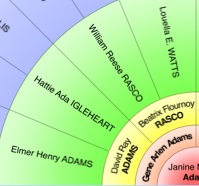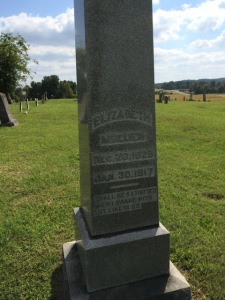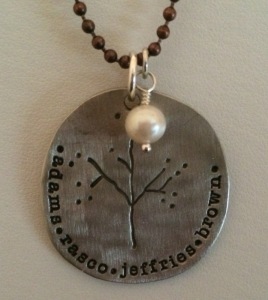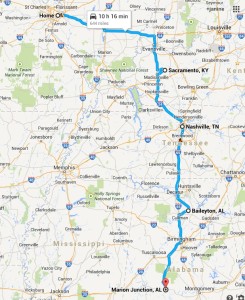 At the beginning of 2014, I created a research scheme in which I’d focus on a different branch of my family tree each quarter. First quarter was the Adamses, (my father’s father’s family); second quarter was the Browns (my mother’s father’s family). The third quarter’s focus was on the Rascos, my father’s mother’s family. The final quarter of the year, which just began, I’ll be focusing on the Jeffries (my mother’s mother’s family).
At the beginning of 2014, I created a research scheme in which I’d focus on a different branch of my family tree each quarter. First quarter was the Adamses, (my father’s father’s family); second quarter was the Browns (my mother’s father’s family). The third quarter’s focus was on the Rascos, my father’s mother’s family. The final quarter of the year, which just began, I’ll be focusing on the Jeffries (my mother’s mother’s family).
I didn’t plan it this way, but my research schedule has dovetailed nicely with events. In the second quarter, when I was researching the Browns, who lived in Missouri and Nebraska, I paid a visit to the Midwest Genealogy Center and also attended the Brown family reunion in western Missouri. Last quarter, when I was researching the Rascos, I took my cemetery research trip and did some library research in the Alabama stomping grounds of the Rascos. I even met a woman at the library who had grown up next to the Rasco homestead!
So in the third quarter I focused what little research time I had on the Rascos (along with members of the Adams family who are buried in cemeteries I visited on the September trip). I’m still processing the information I gathered on that trip, so research on the Rascos will extend into the fourth quarter.
Now that the year is three-quarters over (how did that happen?) I can reflect on the pros and cons of the quarterly scheme:
Pros
- It helps me stay focused
- It mitigates frustration a bit by giving me an organized way to shift gears when I hit tough spots
- It helps a little with the “what should I work on now?” question that sometimes gets in my way
- It gives me a deadline (and I love a deadline)
Cons
- It limits the amount of progress I can make on a given line over the course of a year
- It might stop me from pursuing leads on other lines (but of course I can research whatever I want)
- If the research on this quarter’s line is frustrating, it discourages me from shifting focus (though that’s not necessarily a bad thing)
I had originally hoped to include organizing my records on a given family in the quarter’s endeavors and I was good about that in the first quarter. I have to admit those efforts have fallen by the wayside in recent months when my organizing business has has been so busy (giving me less genealogy time). I hope to give the quarterly scheme another try in 2015; I think the pros outweigh the cons!

 When I was at the
When I was at the  I’m going to an
I’m going to an 